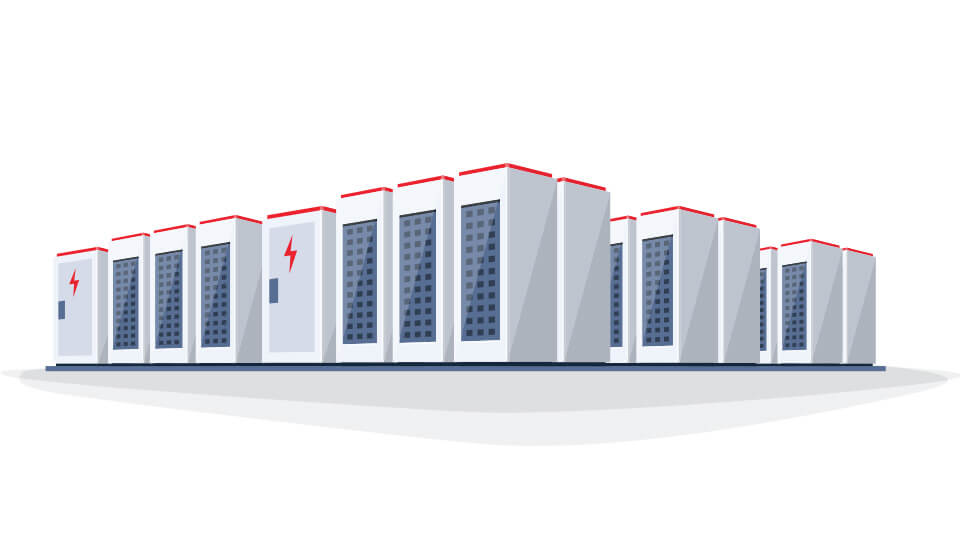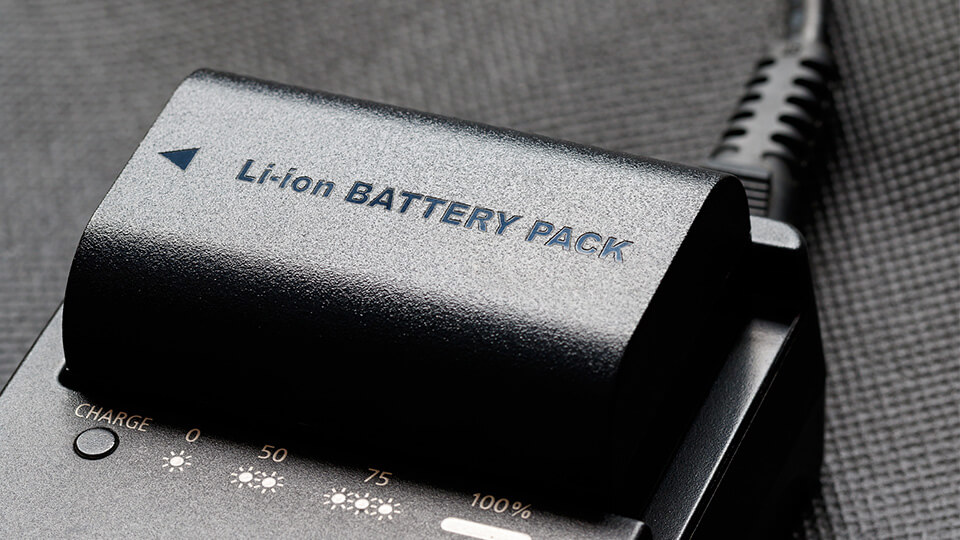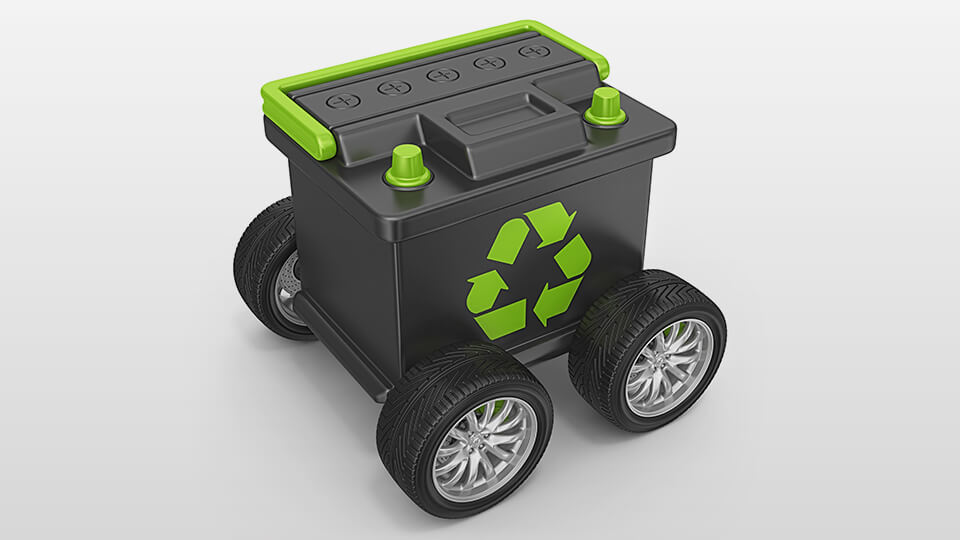In December 2017 Victoria’s Loy Yang power station ‘tripped’ and went off-line.
Within a fraction of a second the world’s largest lithium-ion battery, based in South Australia, stepped in to deliver 100 megawatts (MW) of power to the national electricity grid, averting the risk of power cuts and providing valuable time for slower generators to ramp up their outputs.
This provided a dramatic demonstration of the capability of batteries to play a major role in ensuring the reliability of our electricity supply.
However, the Hornsdale Power Reserve (as the battery is officially named) also provides frequent, smaller injections of power into the grid to help it maintain its correct operating frequency.
Built by Tesla on the back of a famous promise by the company’s founder, Elon Musk, to deliver the battery within 100 days or it would be free, the battery can provide up to 100MW of power, and can store 129MWh of electricity.
Initial data indicates that the battery has a round-trip efficiency of 80%. That is, 80% of the energy that is put into the battery is recovered for supply to the grid.
The power packs that comprise the battery come with a 15-year warranty, though they are expected to retain most of their capacity at the end of that period.
When decommissioned, Tesla will recycle the modules at its factory in the US, and claims that more than 60% of materials will be recovered for reuse.
Battery-led power the way of the future
This is the start of a trend to install large-scale batteries alongside renewable energy generators.
Victoria is set to install its own (smaller) Tesla battery at a wind farm near Stawell in the state’s west.
As the electricity grid becomes more and more reliant on renewable energy, it won’t be long before the Hornsdale battery is knocked off its perch as the largest of its type in the world.
We can also expect to see a range of different battery technologies and chemistries rolled out.
Ecocycle Business Development Manager Daryl Moyle is excited by these developments.
“As a company that is driven by a desire to deliver positive environmental outcomes, it’s great to see the rollout of any technologies that will help to deliver a clean energy future,” he said.
“While it might be years before these batteries require recycling, we’re happy to start the conversation with battery companies about the benefits of undertaking as much of the recycling process as possible, here in Australia.”





